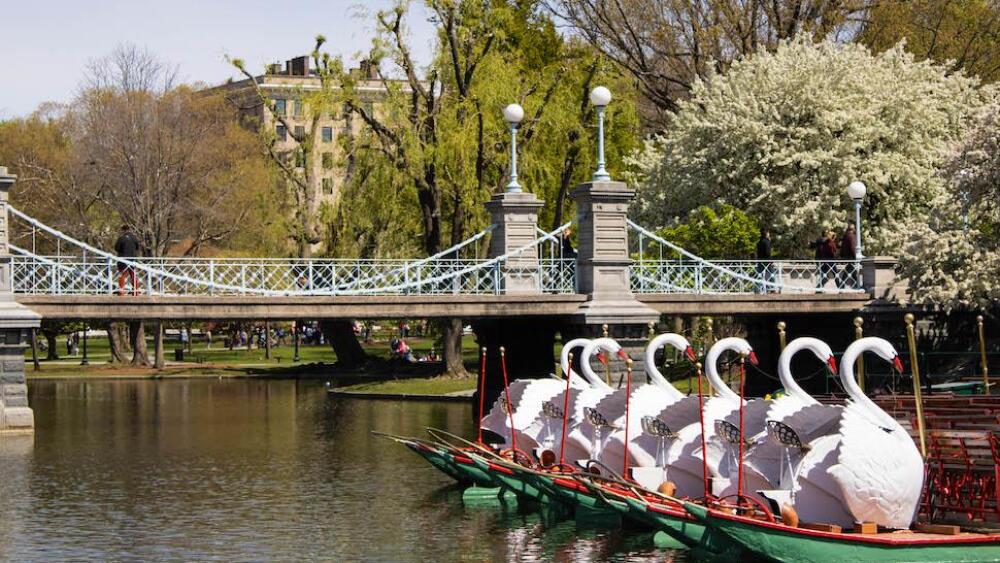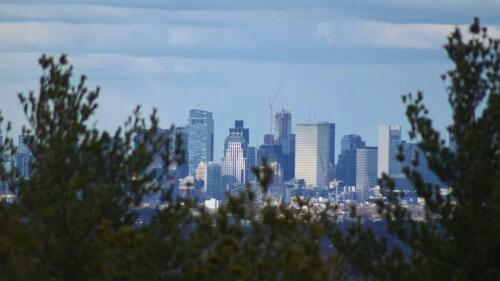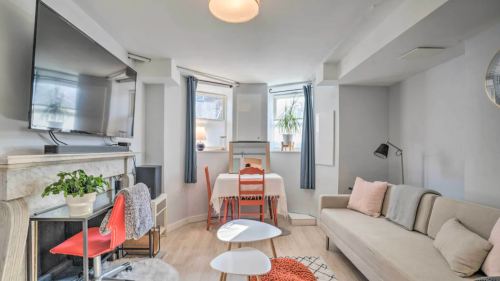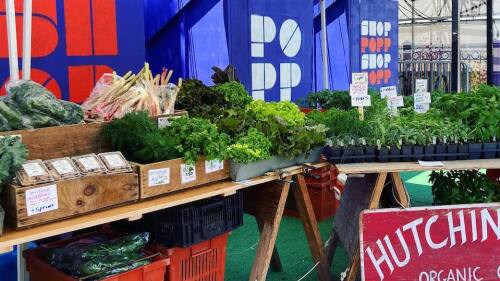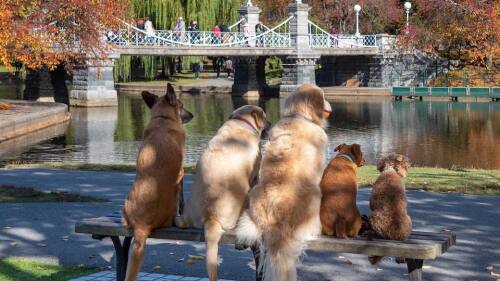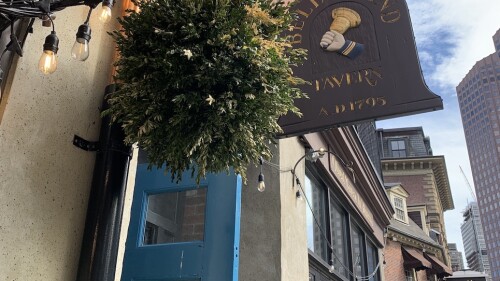If you’re looking for some common ground to spend a sunny afternoon there is no better location than the Boston Common.
Today, we’re digging into the details of America’s first public botanical garden — The Public Garden.
The Boston Common was established in 1634 and the Public Garden, located right across the street, came later in 1837. Today, it features walkable pathways, lush trees, blooming plants, a lagoon, and plenty of iconic landmarks.
Let’s take a look at the roots of the urban botanical garden.
The city appointed a special committee in 1859 to offer potential park uses for the property.
To help the process that same year, the city held a design competition and George Meacham won. His proposal for the garden included a pond, a curved path system, and formal flower beds. If that sounds familiar it’s because the plan shaped how the garden we love looks today.
By 1880, the 24-acre Public Garden featured a Victorian-inspired cast-iron fence, a suspension bridge across the pond, 1,500 trees, and 90,000 bedding plants. And things have been bloomin’ ever since.
Today, the Parks Department and Friends of the Public Garden maintains the park for the 3+ million visitors each year.
Did you know that the lagoon is an artificial pond that is drained for the winter? The six acre pond is refilled in the spring and is shallow at only 3-4 ft. deep. The pond is also home to two resident swans, named Romeo and Juliet, who summer in the Public Garden lagoon. Like typical snow birds, they are moved for the winter in Franklin Park Zoo and the Mayor hosts the Return of the Swans ceremony each year in early May.
The public art in the garden are some of the most iconic + photographed landmarks in the city. Here are four things not to miss on your next adventure to the Public Garden.
Make Way for Ducklings, near Charles and Beacon Streets
The “Make Way for Ducklings” statue is one of the most popular sights in the Public Garden. Local sculptor Nancy Schön designed the bronze duck sculpture that is inspired by Robert McCluskey’s book about Mr. and Mrs. Mallard and their adventures.
Swan Boats, on the lagoon
Open seven days a week from early April to late September, the Swan Boats glide around the lagoon for 15-minute rides. Plan ahead because there is usually a line, especially on summer weekend mornings, though it usually moves quickly with each swan boat holding 20 people.
Ether Fountain, near Arlington and Beacon Streets
The oldest landmark in the garden is the Ether Fountain, which dates back to 1868 and was gifted by Boston resident Thomas Lee. The granite and marble fountain honors the discovery of the anesthetic qualities of ether that Massachusetts General Hospital used for the first time in 1846.
George Washington Statue, near Commonwealth and Arlington Streets
It’s hard to miss the bronze statue of the country’s first President on horseback. Washington spent time in Boston during the early months of the Revolutionary War and the work by Thomas Ball in 1869 is considered one of the best equestrian statues in the US.


